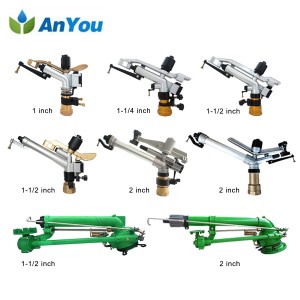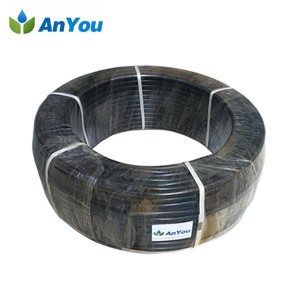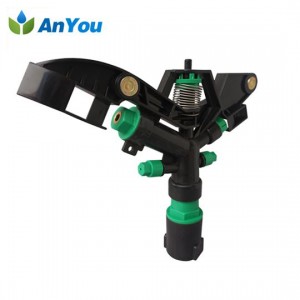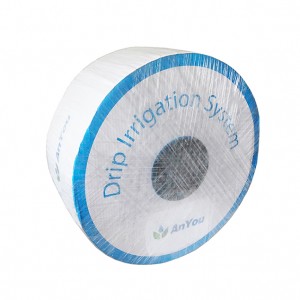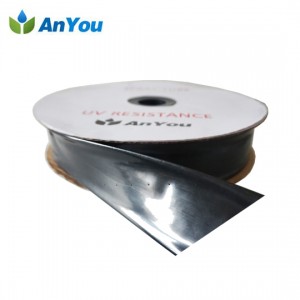
On August 14, the National Water Conservation Office released a message saying that in 2018, the national water use efficiency will be further improved. The water consumption per 10,000 yuan of GDP fell to 66.8 cubic meters, down 18.9% compared with 2015; the water consumption per 10,000 yuan of industrial added value fell to 41.3 cubic meters, down 20.9% compared with 2015; the effective utilization coefficient of farmland irrigation water reached 0.554 , an increase of 0.018 compared to 2015. Among them, the water consumption per 10,000 yuan of GDP in Beijing, Tianjin and Shandong, the water consumption of industrial added value of 10,000 yuan, and the effective utilization coefficient of farmland irrigation water are all in the forefront of the country.
It is noted that the analysis of the water efficiency indicators of the provinces shows that the top ranked provinces and the lower ranked provinces have larger gaps. In this regard, the relevant person in charge of the National Water Conservation Office of the Ministry of Water Resources said that this aspect is affected by natural resource conditions, economic and social development level, economic structure and industrial structure. On the other hand, it also reflects the existence of water saving work in some places. The big gap and water saving have great potential.
Affected by natural resource conditions, the southern waters have relatively poor conservation awareness and low water use efficiency. The low water in the north is the opposite, especially in agriculture and industrial water. Therefore, the southern provinces use 10,000 yuan of industrial added value water and irrigation water efficient utilization coefficient. The rankings are relatively backward; affected by economic and social development, the eastern coastal provinces of Beijing, Tianjin, Shandong, Zhejiang, etc. have more funds and technologies for water conservation, and the water efficiency is correspondingly higher; affected by economic structure and industrial structure, Heilongjiang, In Ningxia, Guangxi, Gansu, Jiangxi and other provinces with large proportion of agriculture, the water consumption per 10,000 yuan of GDP is relatively low. Because of the unit water consumption, agricultural output is significantly lower than that of industry, and industry is generally lower than service industry.
“Jiangxi, Hunan, Anhui and other provinces are ranked lower than their agricultural counterparts and rich in water resources.” The person in charge said that he hopes that relevant provinces can increase water conservation and education, further enhance the awareness of water conservation in the whole society, and vigorously promote Water-saving transformation in key areas such as agriculture, industry, and urban life, building a water-saving society, strengthening water-saving supervision and management, promoting the transformation of water from extensive to economical and intensive, and accelerating the formation of a water-saving production lifestyle.
The National Water Conservation Office recently conducted a statistical analysis of China’s water use efficiency. From the perspective of water consumption per 10,000 yuan of GDP, it ranks low in Beijing, Tianjin, Shandong, Zhejiang, Shanghai, Chongqing, Shaanxi, Guangdong, Shanxi, and Henan. At 49 cubic meters, it has exceeded the international average, but there is still a big gap compared with the average level of developed countries; Xinjiang, Tibet and Heilongjiang, which are behind, are above 210 cubic meters, compared with the international average. Big gap. Compared with 2015, the top ten provincial administrative regions with faster water efficiency improvement are Fujian, Zhejiang, Ningxia, Jilin, Chongqing, Guangdong, Xinjiang, Sichuan, Anhui, and Tibet, all with a decline of more than 22%.
Judging from the water consumption of industrial added value of 10,000 yuan, Beijing, Tianjin, Shandong, Hebei, Shaanxi, Zhejiang, Liaoning, Shanxi, Guangdong, and Henan in the top ten in 2018 are all below 27 cubic meters, reaching the average of developed countries. The level of Tibet, Hunan, and Anhui in the latter is higher than 78 cubic meters, which is a big gap compared with the average level of developed countries. Compared with 2015, the top ten provincial administrative regions with faster efficiency improvement are Sichuan, Jilin, Fujian, Zhejiang, Yunnan, Qinghai, Inner Mongolia, Guangxi, Gansu and Chongqing, all with a drop of more than 26%.
From the perspective of the effective utilization coefficient of farmland irrigation water, in the top ten in 2018, Beijing, Shanghai, Tianjin, Hebei, Shandong, Jiangsu, Henan, Heilongjiang, Zhejiang, and Liaoning all reached more than 0.590, but still compared with the international advanced level. There is a certain gap; Tibet, Guizhou and Sichuan, which are behind, are below 0.473. Compared with 2015, the top ten provincial administrative regions with faster efficiency improvement are Ningxia, Beijing, Hunan, Guangxi, Xinjiang, Jilin, Yunnan, Inner Mongolia, Tibet, and Guizhou, all of which have increased by more than 0.021.
Post time: 21-08-2019


